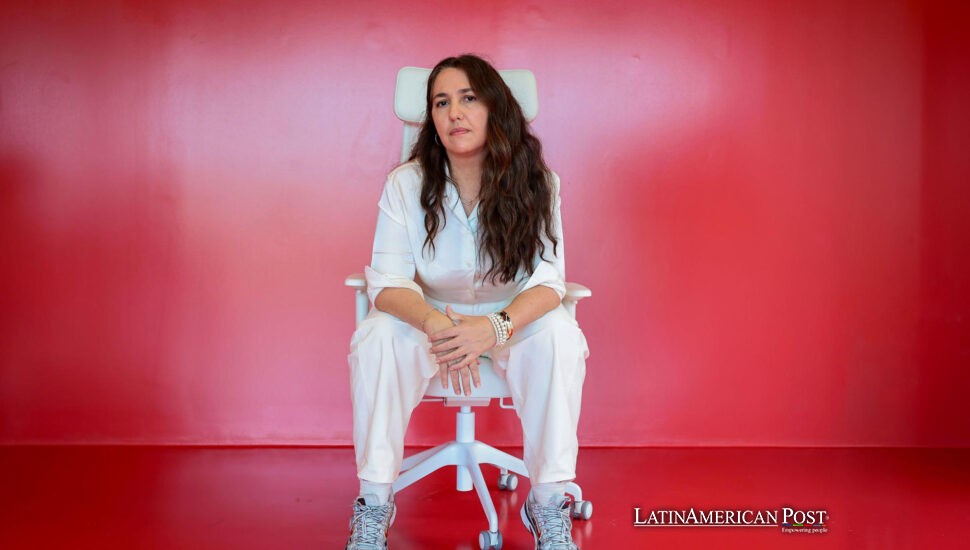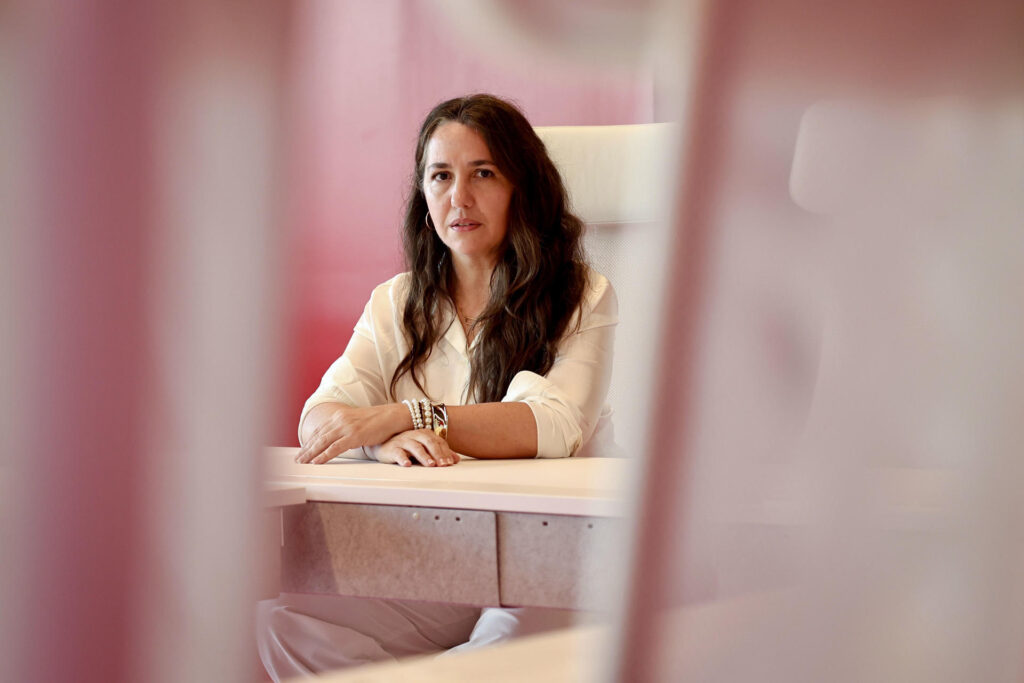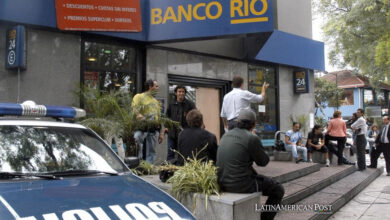Argentine Chef Narda Lepes Cooks Up Resistance One Gathering at a Time

In a year when restaurants open and close like umbrellas in a storm, Argentine chef Narda Lepes believes the only real resistance is cultural, collective, and ruthlessly efficient. In San Sebastián for the launch of the Basque Culinary Center’s new Gastronomy Open Ecosystem (GOe), she issued a challenge to her peers: make, gather, and then do it again.
Make And Gather, Then Repeat
“Make and gather, make and gather, make and gather. There’s no other way,” Lepes told EFE, her voice carrying a rhythm equal parts mantra and survival code. She warned chefs not to “let pessimism set the menu,” insisting that the future of the restaurant world depends on both solidarity and spreadsheets. “You can’t let yourself be taken by pessimism,” she repeated.
In Argentina, where “many restaurants open and close,” she sees resilience not in luxury but in collaboration. The resistance, she says, starts with pop-ups that have purpose, with partnerships that keep talent visible—and it’s sustained by financial discipline. In volatile times, a chef’s identity is no longer a solitary signature, but a collective effort to stay afloat together.
Her words hit especially hard in San Sebastián, a city that lives and breathes gastronomy. Lepes, who serves on the Basque Culinary Center’s International Council, helped judge the Basque Culinary World Prize 2025, which went to U.S. chef Leticia Landa, a culinary leader of Mexican descent. The message behind her presence was unmistakable: creativity may define cuisine, but cooperation keeps it alive.
Off Camera, On Principle
Born in Buenos Aires in 1972, Narda Lepes became a household name through El Gourmet and later Argentine network TV. But fame, she admits, can sour the flavor. In 2017, she opened Narda Comedor, a restaurant where vegetables take center stage. Within three years, it was included in Latin America’s 50 Best Restaurants; by 2020, she was named Latin America’s Best Female Chef. Yet Lepes has since stepped back from television, choosing to write, cook, and mother her teenage daughter. “This is not a moment to have my head so outside,” she told EFE, laughing. “Especially when you can’t keep your mouth shut like me.”
Her candor has invited storms. Once, she posted a photo of a pig’s head boiling before turning it into morcilla, blood sausage—right in the middle of the vegan movement’s rise. Outrage followed. A reporter camped outside her door. “It was the first time I felt violence from social media,” she told EFE. But she didn’t flinch. “You realize you’re the vehicle for something else. It’s not about the blood sausage; it’s not about you.”
She refused to delete the photo or offer an apology. Instead, she learned silence—not submission—can be its own form of defiance. The irony, she says, is that she’s long promoted eating “more vegetables and less meat.” Lepes has also taken visible stands on social issues, supporting the 2020 legalization of abortion in Argentina. Her logic is straightforward: if cooking is culture, then chefs are citizens. And citizens must speak.
First A Cook, Then A Voice
“I’m first a cook and then a communicator,” she said, brushing aside the modern obsession with influencers. Influence, for her, has value only when it carries intention—like when she lobbied for Argentina’s front-of-pack nutrition labeling law or pushed for gender equity in kitchens. “There, yes, I use all the tools I have at hand. There I seek influence,” she told EFE.
Her cuisine mirrors her country’s diversity—a mestizo blend shaped by travel, curiosity, and migration. She experiments with flavors found across Latin America but keeps one rule: plants first, flavor always. “What I do will always have something vegetal, and it will have flavor; it won’t be so conceptual,” she said.
Lepes doesn’t force change; she plants it. She waits until diners are “mature enough” to accept a new preparation, then watches the ripple effect—colleagues calling to ask about a technique, a recipe, or even a supply chain. Behind the artistry, there’s hard math. “If you open a restaurant today, you have to balance what you can and what you want,” she said. “If you didn’t like numbers before, now you want to die, because you’re doing something you don’t like, but that’s necessary. Otherwise, you don’t survive.”
For Lepes, efficiency isn’t cold—it’s care. “You have to tighten and understand how to tighten,” she said. Numbers, in her world, are another ingredient.

A Kitchen Economy Built on Care
Despite the turbulence, Lepes sees something hopeful in how chefs now talk—and act. Collaboration has become a survival instinct, not a slogan. She cooks one night at restaurants she admires, buys tickets for others’ pop-ups, and brings her family to eat at colleagues’ tables. “It’s my grain of sand,” she said.
That solidarity traces back to her early career, when she traveled across Latin America at a time “when cooks didn’t travel anywhere.” From Oaxaca to Lima, she gathered techniques, friendships, and stories—always crediting the source. The result is a kitchen vocabulary that’s joyful but grounded, elegant without pretense, and unmistakably regional.
In San Sebastián, surrounded by the industry’s tech visionaries, Lepes delivered a quietly radical reminder. Yes, technology is transforming gastronomy, but the soul of the craft still lives in shared purpose and mutual care. Chefs can’t control inflation, electricity costs, or global algorithms. But they can pick up the phone. They can show up in each other’s kitchens. They can teach a young cook that seasonal applies both to produce and to survival.
Also Read: A Tortilla Shop That Refused to Vanish: The Hispanic Soul of Tucson’s Barrio Anita
As the world of restaurants trembles, Lepes’s faith stands firm: that food, at its core, is an act of gathering. A restaurant, she says, should look like its neighborhood at lunch and like its city at dinner. She trusts vegetables to bring joy without preaching, and data to keep the lights on without stealing the soul. Above all, she trusts chefs to call one another before they call it quits.
“Do and gather,” she said again, smiling. “Do and gather.”





